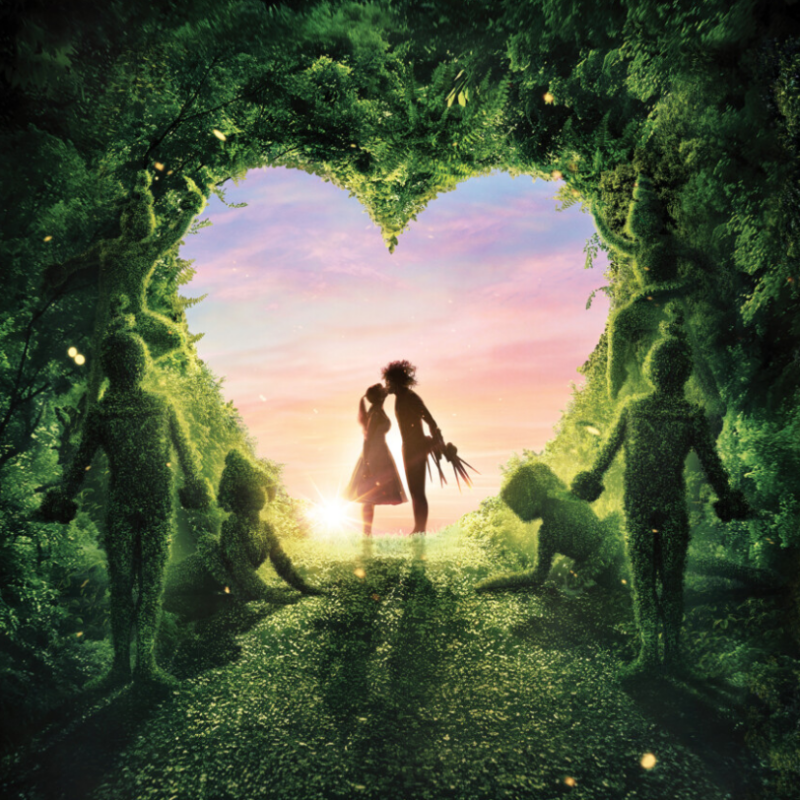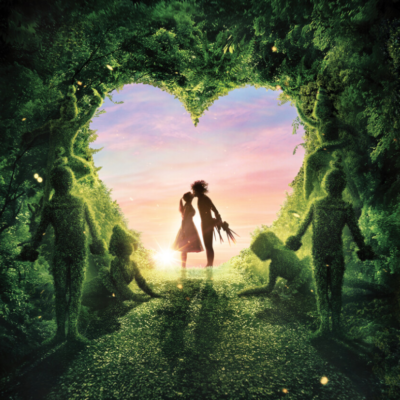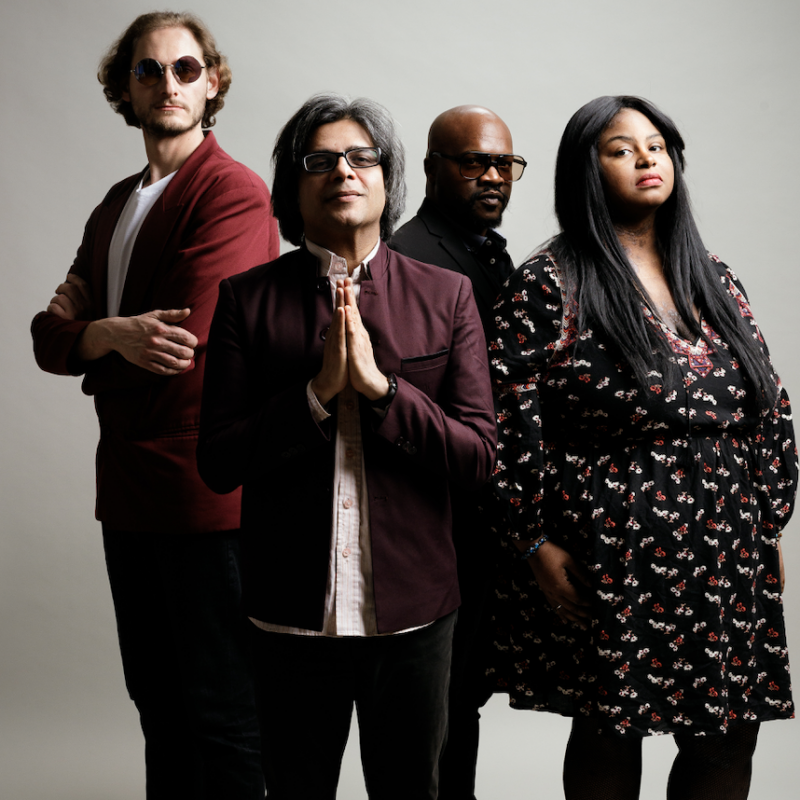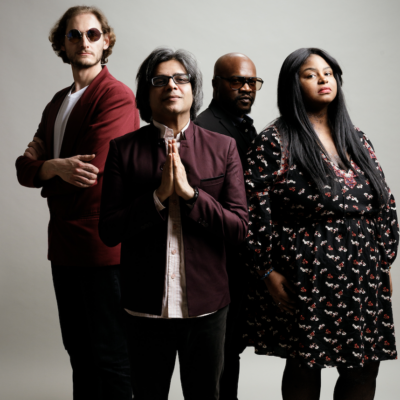Some childhood interests turn out to be just a passing fancy. But that was not the case for Fiona Balestrieri when she was a young musician.
“My first instrument was actually the fiddle,” she says. “I only played that for a year because I discovered the Irish flute. … The sound of the wooden flute was completely enchanting to me. So, I was very lucky to live in Charlottesville, because there was already a big community of Irish musicians.”
Once a student at Blue Ridge Irish Music School, Balestrieri now teaches singing, Irish step dancing, the whistle and, yes, the wooden flute at the school. “I think I always wanted to be a teacher because I thought my teachers were so cool and amazing… And now, of course, all of my old teachers are just my friends.”
Balestrieri is one of the many BRIMS veterans who’ll celebrate the school’s 25th anniversary at a Gaela on September 19 at Potter’s Craft Cider. She credits the school’s longevity to Executive Director Lori Madden.
“She has really held the torch for BRIMS,” Balestrieri says. “I know that everyone is so grateful to her for keeping it going through some changes.”
Madden, a founding member of BRIMS, also teaches dance and scoil (the Irish word for school). She admits she only has “a smidge” in the way of Irish heritage, but she’s made numerous trips to the Emerald Isle over the past 25 years.
For Madden, the BRIMS adventure began in 2000, when, along with instructors Tes Slominski, Sara Read, and a group of parents, she took eight youngsters to Ireland.
“We did fundraising and the kids busked, playing music for donations on the Downtown Mall,” Madden says. “In the process of raising money and being out and about in town and doing little shows in various places, families got interested and they saw our kids having a blast. And they’re, like, ‘How do we get involved?’”
The Irish stage spectacular Riverdance was taking the nation by storm, and lead dancer/choreographer Michael Flatley had launched two other wildly successful shows, Lord of the Dance and Feet of Flames. Interest in all things Celtic was soaring. So, after returning from the trip, Madden and the group got nonprofit status and opened the school.
“I think the original name was a very unwieldy title that was, like, Central Virginia School of Irish Traditional Music and Arts. … It doesn’t really trip off the tongue,” says Alex Davis, one of the kids on the original trip who now teaches a tune repertoire class at BRIMS. Like Balestrieri, he left Charlottesville to go to college, then came back to the school.
“I mean, it is kind of corny, but it does feel a lot like a family, a really close group of friends,” Davis says. “And it’s sort of an addiction in a way. It’s like once you get the bug for Irish music, you just want to get more tunes and play more.
Davis notes that Irish music extends far beyond the phenomenon of Flatley and Riverdance, and that it’s important to explore Irish traditions by going deeper, visiting Ireland, and being immersed in the culture there. “Music is just such a huge part of life over there in a different way than it is here,” he says.”
Balestrieri now helps lead the BRIMS excursions to Ireland. “It’s always just a magical, magical experience,” she says.
Another member of that inaugural journey was Mimi Vidaver-Davis, who was a flutist and an Irish dance student as a kid. To support her pursuit of Irish music, her family would send cassette tapes of flute music from around the world.
One such tape featured Matt Molloy’s flute playing with James Galway and The Chieftains. “I was probably like 11 or 12 when I heard that for the first time and thought, ‘That’s what I want to do,’” she says.
And that’s exactly what she did, at BRIMS, and then at University College Cork in Cork City, Ireland. Vidaver-Davis continued her dance studies and now teaches the Cape Breton style of step dancing (created by Scottish Gaels who settled on the island of Cape Breton in Nova Scotia) at BRIMS.
“I think what’s unique about BRIMS is … it’s very community-focused, with lots of all-ages events,” Vidaver-Davis says.
In contrast, she says, many Irish music schools are primarily designed for kids and “once you’re 18, you’ve aged out. There’s nothing. No option for you. Then, there are these Irish music schools and a lot of them are … exclusively for adults. And we have both.”
And, Vidaver-Davis emphasizes, Irish-American heritage is not a prerequisite for participation. “Obviously, Irish music is from Ireland, and we want people to understand the culture that it came from. But almost none of us are really that Irish. We’re not playing this music and dancing to celebrate some kind of Irish-American heritage thing. We’re doing it because we love it.”






